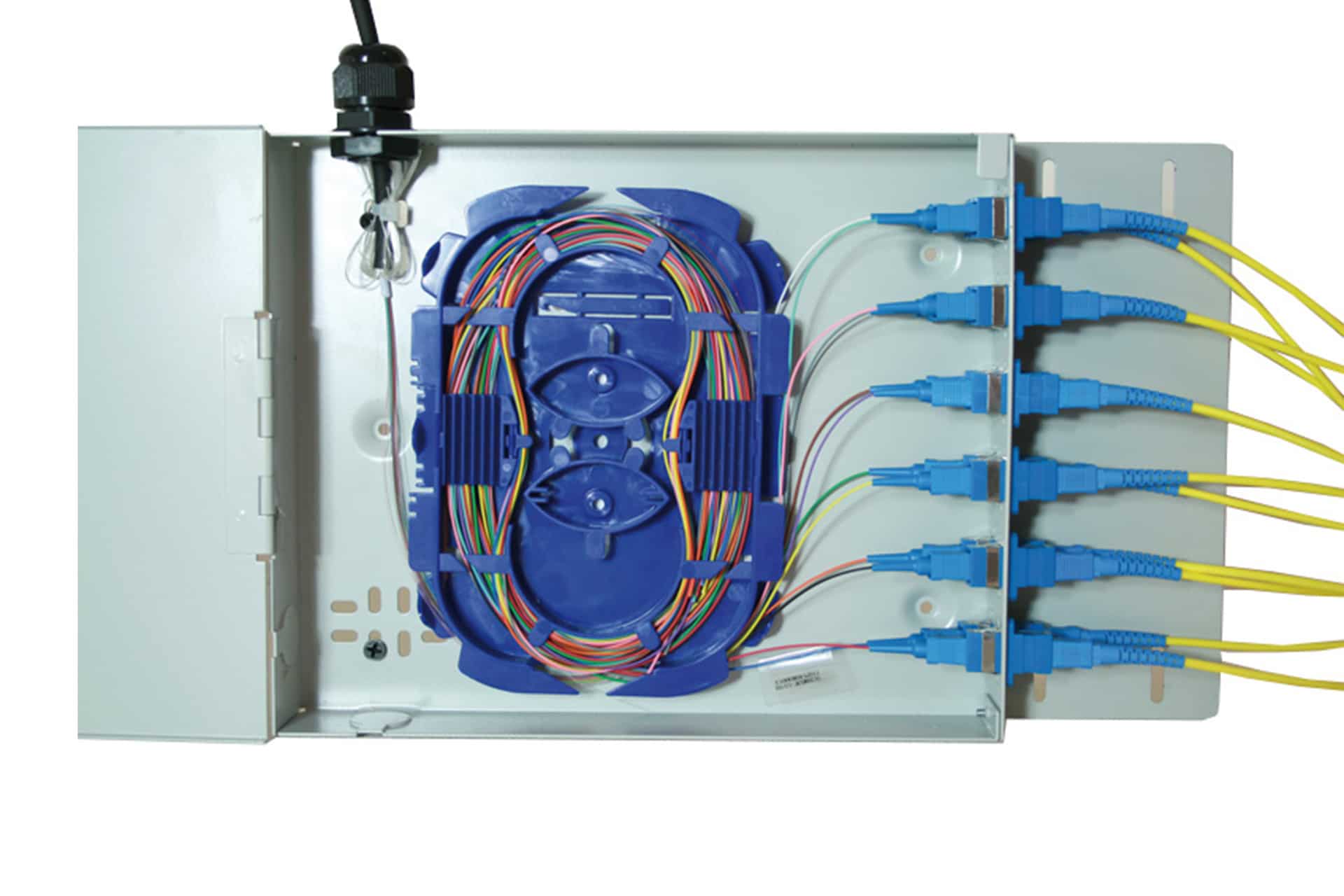The Ultimate Guide to Fibre Optic Quick Connectors: Simplifying High-Speed Connections

Fibre optic quick connectors are revolutionizing the way high-speed connections are made in various industries. These connectors are designed to simplify the process of connecting fibre optic cables, enabling faster installation and a more reliable connection. In this ultimate guide, we will explore the benefits of fibre optic quick connectors, how they work, and the different types available on the market.
One of the main advantages of fibre optic quick connectors is their ease of use. Traditional fibre optic connectors require meticulous alignment and careful handling during installation. This can be time-consuming and challenging, especially for those who are not experienced in working with fibre optics. Quick connectors, on the other hand, feature a simplified design that allows for easy and intuitive connection. This not only saves time during installation but also reduces the risk of errors that can lead to signal loss or connection failure.
Quick connectors work by aligning the fibre optic cables using a mechanical or push-pull mechanism. This mechanism ensures that the fibres are precisely aligned before they are mated, resulting in a low insertion loss and high return loss. The quick connectors are designed to maintain a consistent connection even in high-vibration environments, making them ideal for use in industrial settings or applications where stability is crucial.
There are several types of fibre optic quick connectors available on the market, each with its own unique features and benefits. Some of the most common types include LC, SC, and MPO connectors. LC connectors are small form factor connectors that are commonly used in data centres and telecommunications networks. SC connectors are another popular choice for high-speed connections and are often used in fibre optic patch panels and network equipment. MPO connectors, on the other hand, are designed for multi-fibre connections and are commonly used in high-density applications such as data centres and server rooms.
When choosing a fibre optic quick connector, it is important to consider the specific requirements of your application. Different connectors may offer different benefits in terms of speed, reliability, and ease of use. It is also essential to ensure that the connector is compatible with the fibre optic cables you are using, as not all connectors are universal. Consulting with a fibre optic specialist can help you determine the best connector for your specific needs and ensure a successful installation.
In addition to their ease of use and reliability, fibre optic quick connectors also offer other benefits such as cost savings and scalability. Quick connectors can be installed quickly and easily, reducing the overall installation time and labour costs. This can be especially beneficial for large-scale projects or installations where multiple connections need to be made quickly. Quick connectors also allow for easy reconfiguration and maintenance, making them a flexible and scalable solution for evolving network requirements.
Overall, fibre optic quick connectors are a valuable tool for simplifying high-speed connections in a wide range of industries. Their ease of use, reliability, and scalability make them an ideal choice for applications where speed and stability are essential. By understanding the benefits of fibre optic quick connectors and choosing the right type for your specific needs, you can ensure a fast and reliable connection that meets the demands of today's high-speed networks.
Whether you are looking to upgrade your existing fibre optic connections or are exploring new ways to improve your network infrastructure, fibre optic quick connectors offer a simple and effective solution. With their intuitive design, high performance, and cost-effective benefits, quick connectors are becoming the go-to choice for high-speed connections in industries ranging from telecommunications to data centres. By incorporating fibre optic quick connectors into your network design, you can simplify the installation process, improve connection reliability, and ensure a stable and fast connection for all your high-speed networking needs.